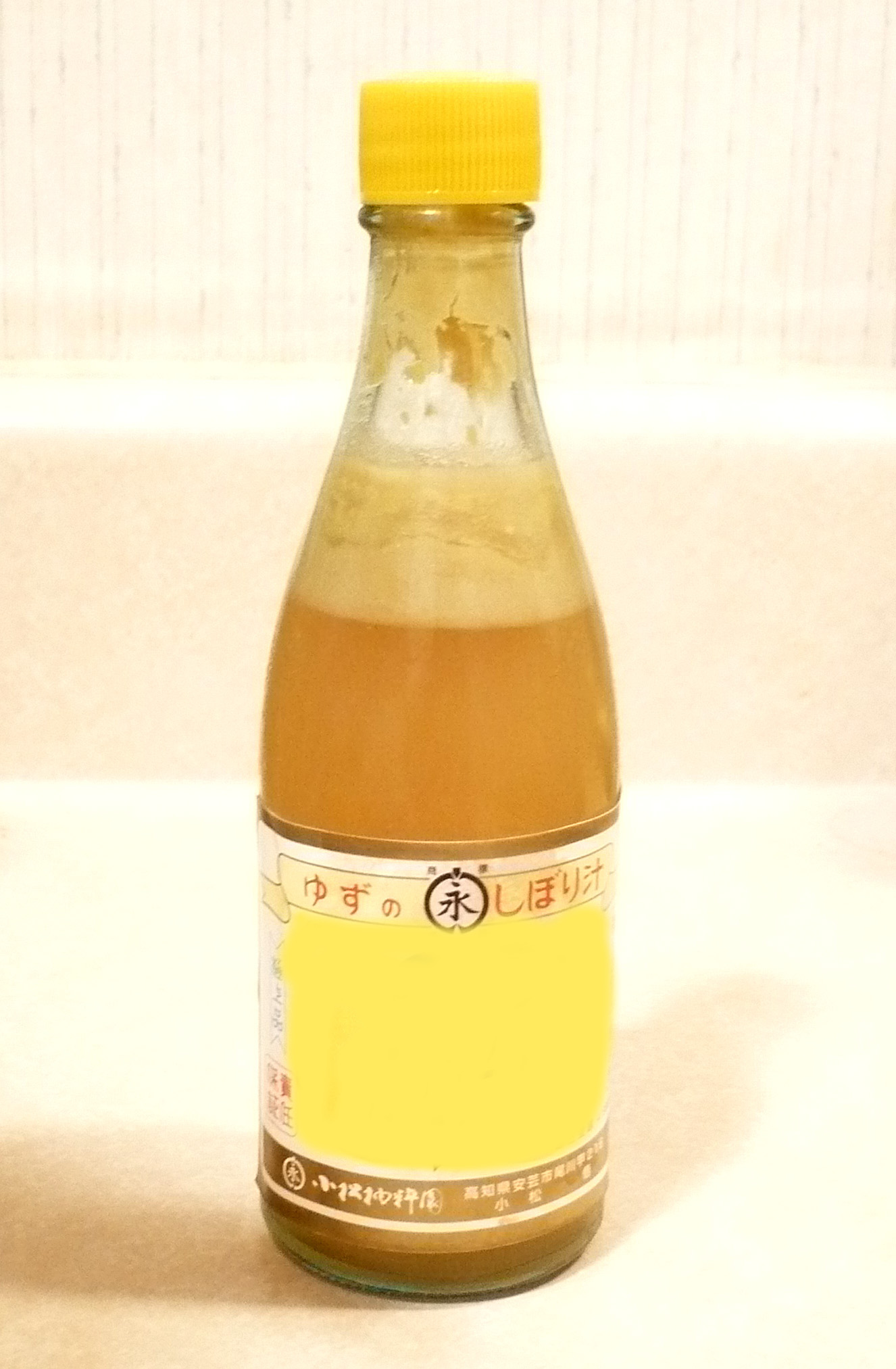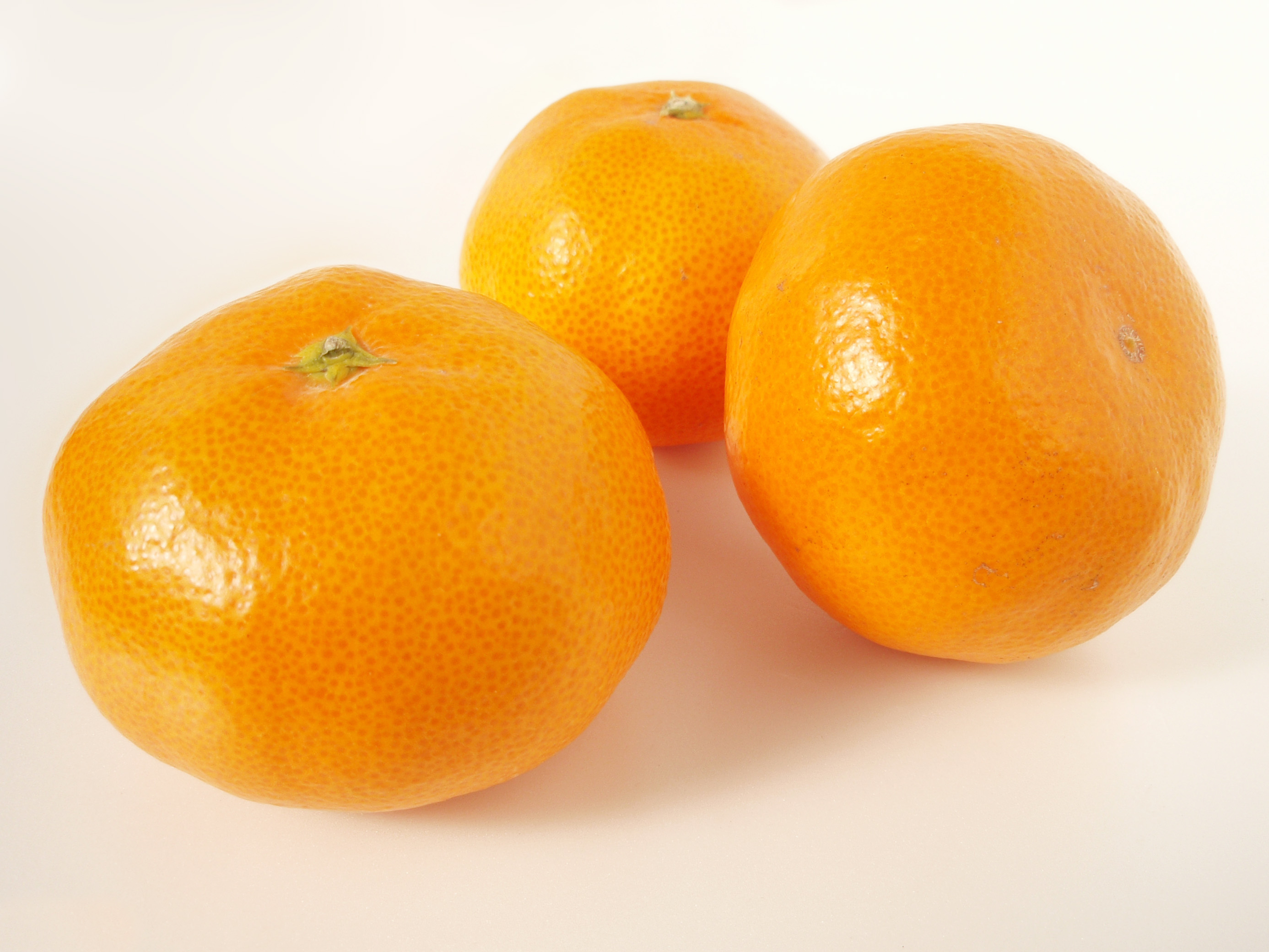|
× Citrofortunella
Citrofortunella are a large group of commercial hybrids that cross the kumquat with other citrus. In the system of citrus taxonomy established by Swingle, kumquats were placed in a different genus, '' Fortunella'', from ''Citrus'', which included citron, mandarin orange, pomelo and papedas. The result of genetic crosses between kumquats and these other citrus would then be intergeneric hybrids, so a novel genus name was coined for them in 1975, by compounding the names of the contributing genera to form ''Citrofortunella''. That the genus is of a hybrid nature is represented by a multiplication sign before the genus name, for example × ''Citrofortunella microcarpa''. Recent phylogenetic work has shown kumquats to fall within ''Citrus'' rather than belonging to a distinct genus, meaning these would no longer be considered intergeneric hybrids, and use of ''Citrofortunella'' as a distinct genus name for these hybrids loses taxonomic validity. All would be placed instead withi ... [...More Info...] [...Related Items...] OR: [Wikipedia] [Google] [Baidu] |
Tangerine
The tangerine is a type of citrus fruit that is orange in colour, that is considered either a variety of the mandarin orange (''Citrus reticulata''), or a closely related species, under the name ''Citrus tangerina'', or yet as a hybrid (''Citrus'' × ''tangerina'') of mandarin orange varieties, with some pomelo contribution. Etymology The word "tangerine" was originally an adjective meaning "of Tangier", a Moroccan seaport on the Strait of Gibraltar. The name was first used for fruit shipped from Tangier, described as a mandarin variety. The OED cites this usage from Joseph Addison, Addison's ''Tatler (1709), The Tatler'' in 1710 with similar uses from the 1800s. The fruit was once known scientifically as "''Citrus nobilis'' var. ''tangeriana''"; it grew in the region of Tangiers. This usage appeared in the 1800s. Taxonomy Under the Citrus taxonomy, Tanaka classification system, ''Citrus tangerina'' is considered a separate species. Under the Citrus taxonomy, Swingle sy ... [...More Info...] [...Related Items...] OR: [Wikipedia] [Google] [Baidu] |
Kumquat
Kumquats ( ), or cumquats in Australian English, are a group of small, angiosperm, fruit-bearing trees in the family Rutaceae. Their taxonomy is disputed. They were previously classified as forming the now-historical genus ''Fortunella'' or placed within ''Citrus'', . Different classifications have alternatively assigned them to anywhere from a single species, ''Citrus japonica'', to numerous species representing each cultivar. Recent genomic analysis defines three pure species, ''Citrus hindsii'', ''Citrus margarita, C. margarita'' and ''Citrus crassifolia, C. crassifolia'', with ''C.'' × ''japonica'' being a Hybrid (biology), hybrid of the last two. The edible fruit closely resembles the Orange (fruit), orange (''Citrus x sinensis'') in color, texture, and anatomy, but is much smaller, being approximately the size of a large olive. The kumquat is a fairly cold-hardy citrus. Etymology The English word ''kumquat'' is a borrowing of the Cantonese (; zh, c=金橘), from "gol ... [...More Info...] [...Related Items...] OR: [Wikipedia] [Google] [Baidu] |
Yuzu
Yuzu (''Citrus'' × ''junos'', from Japanese language, Japanese or ; ) is a citrus fruit and plant in the family Rutaceae of China, Chinese origin. Yuzu has been cultivated mainly in East Asia, though it has also recently been grown in New Zealand, Australia, Spain, Italy, and France. It is believed to have originated in central China as an F1 hybrid of the ( zh, t=莽山野橘) subspecies of mandarin orange and the ichang papeda. and Supplement Description This fruit resembles a yellow clementine with uneven skin and can be either yellow or green depending on the degree of ripeness. ''Yuzu'' fruits, which are very aromatic, typically range between in diameter but can be as large as a regular grapefruit (up to , or larger). Yuzu forms an upright shrub or small tree, which commonly has many large thorns. Leaves are notable for a large, leaf-like Petiole (botany), petiole, resembling those of the related makrut lime and ichang Papeda (citrus), papeda, and are heavily sce ... [...More Info...] [...Related Items...] OR: [Wikipedia] [Google] [Baidu] |
Yuzuquat
A ''yuzuquat'' is a trigeneric hybrid between a Yuzu lemon (''Citrus ichangensis'' x ''C. reticulata'') and 'Nagami' kumquat (''C. japonica'' 'Nagami'). It was developed by John Brown in Texas. The fruit often is used as a lemon The lemon (''Citrus'' × ''limon'') is a species of small evergreen tree in the ''Citrus'' genus of the flowering plant family Rutaceae. A true lemon is a hybrid of the citron and the bitter orange. Its origins are uncertain, but some ... substitute and is very seedy. References Lemons Kumquats American inventions {{fruit-stub ... [...More Info...] [...Related Items...] OR: [Wikipedia] [Google] [Baidu] |
Meyer Lemon
''Citrus'' × ''meyeri'', the Meyer lemon (), is a hybrid citrus fruit native to China. It is a cross between a citron and a mandarin/pomelo hybrid. Mature trees are around tall with dark green shiny leaves. The flowers are white with a purple base and are fragrant. The fruit is rounder than a true lemon, deep yellow with a slight orange tint when ripe, and has a sweeter, less acidic flavor. The lemons contain a highly acidic pH of between 2 and 3. This acidity level allows for these lemons to be used as antibacterial and antiseptic cleaners. It was introduced to the United States in 1908 as S.P.I. #23028 by the agricultural explorer Frank Nicholas Meyer, an employee of the United States Department of Agriculture who collected a sample of the plant on a trip to China. Though it is given his name, this variety was likely established thousands of years before he introduced it to America. The Meyer lemon is commonly grown in China in garden pots as an ornamental tree. It b ... [...More Info...] [...Related Items...] OR: [Wikipedia] [Google] [Baidu] |
Sunquat
A sunquat, also known as lemonquat or lemondrop, is a variety of citrus fruit, having an edible rind. It was initially created by Leslie Cude in Beeville, Texas, as a chance hybrid between a lemon (likely a 'Meyer') and a kumquat Kumquats ( ), or cumquats in Australian English, are a group of small, angiosperm, fruit-bearing trees in the family Rutaceae. Their taxonomy is disputed. They were previously classified as forming the now-historical genus ''Fortunella'' or plac .... The fruit is often sliced thin, having a somewhat tart flavor. References External links Pictures Lemons Kumquats American inventions {{fruit-stub ... [...More Info...] [...Related Items...] OR: [Wikipedia] [Google] [Baidu] |
Limequat
The limequat (''Citrus'' × ''floridana'') is a citrus hybrid that is the result of a cross between the Key lime and the kumquat, hybridized by Walter Tennyson Swingle in 1909. Description It is a small tree that grows into a contained bushy form. The leaves are characteristically citrus-like. The limequat produces an abundance of fruit even at a young age. The fruit is small, oval, greenish-yellow and contains seeds or pips. It has a sweet-tasting skin and a bitter-sweet pulp with a flavor similar to limes. The fruit can be eaten whole or the juice and rind can be used to flavor drinks and dishes. It has considerable amounts of vitamin C and is highly acidic. This plant is now grown in Japan, Israel, Spain, Malaysia, South Africa, the United Kingdom and the United States in California, Arizona, Florida, and Texas. The fruit can be found, in small quantities, during the fall and winter months in the United States, India and Japan. Limequats can be grown indoors or outdoo ... [...More Info...] [...Related Items...] OR: [Wikipedia] [Google] [Baidu] |
Procimequat
Procimequat is a triploid citrus hybrid or transgeneric hybrid, ('' Citrus aurantifolia'' 'Mexican' x '' Fortunella japonica'') x '' Fortunella hindsii'', in which the limequat that itself is a cross between lime and a round kumquat, was backcrossed with the primitive Hong Kong kumquat. The tiny fruits are orange in color, and about the size of a marble. Like some kumquats, it is eaten entirely, including the peel. It tastes like a combination of lemon, orange and celery. Despite being triploid, the procimequat does produce seeds, which are nucellarProcimequat at Citrus Variety Collection website. and thus produce plants identical to the parent, independent of the pollen source. See also |
Satsuma Mandarin
''Citrus unshiu'' is a semi-seedless and easy-peeling citrus species, also known as the satsuma mandarin or Japanese mandarin. During the Edo period of Japan, kishu mikans were more popular because there was a popular superstition that eating ''Citrus unshiu'' without seeds made people prone to infertility. ''Citrus unshiu'' became popular in Japan after modernization started in the Meiji period. It was introduced to the West from the Satsuma region of Japan in 1878. ''Citrus unshiu'' was named after Unshu (Wenzhou), a famous production area of ''Citrus'' species in China, in the late Edo period of Japan. Before the name ''unshu mikan'' was established in Japan, it was called ''nakajima mikain'' or ''nagashima mikan'' after the place name of Nishi-Nakajima in Amakusa District of the Higo Province (later Nagashima, Kagoshima), where the species is said to have been born. There are two theories about the origin of the ''Citrus unshiu''. One is that ''Citrus unshiu'' originated ... [...More Info...] [...Related Items...] OR: [Wikipedia] [Google] [Baidu] |
Mandarinquat
The mandarinquat, also misleadingly called orangequat, is any cross between a mandarin and a kumquat ('' Citrus crassifolia''). Mandarinquats are members of the citrofortunella group. The variety Nippon orangequat was first introduced in 1932 by Dr. Eugene May of the USDA as a hybrid between the Meiwa kumquat and the Satsuma mandarin. A second variety, the Indio mandarinquat, was discovered as an open-pollinated seedling from a Nagami kumquat with an unknown pollen parent. Description It is a small, round, orange fruit, which is larger than a kumquat. The fruit ranges from in circumference. Mandarinquat trees are small to medium in size; the leaves are usually long and narrow and dark green in color. The trunk and branches of the trees are slightly narrow, given the size of the trees. These trees can be seen with fruits on them through many of the colder months, since that is the season for Mandarinquat growing. Mandarinquat have not been genetically altered to be resistant ... [...More Info...] [...Related Items...] OR: [Wikipedia] [Google] [Baidu] |
Key Lime
The Key lime or acid lime (''Citrus'' × ''aurantiifolia'' or ''C. aurantifolia'') is a citrus hybrid (''kaffir lime, C. hystrix'' × ''citron, C. medica'') native to tropical Southeast Asia. It has a spherical fruit, in diameter. The Key lime is usually picked while it is still green, but it becomes yellow when ripe. The Key lime has thinner Peel (fruit), rind and is smaller, seedier, more acidic and more aromatic than the Persian lime (''Citrus × latifolia''). It is valued for its characteristic flavor. The name comes from its association with the Florida Keys, where it is best known as the flavoring ingredient in Key lime pie. The key lime is not to be confused with West Indian lime, bartender's lime, Omani lime, or Mexican lime which are slightly different. The last is classified as a distinct Race (biology), race with a thicker skin and darker green colour. Philippine varieties have various names, including ''dayap'' and ''bilolo''. Etymology The English word ''lime'' ... [...More Info...] [...Related Items...] OR: [Wikipedia] [Google] [Baidu] |





